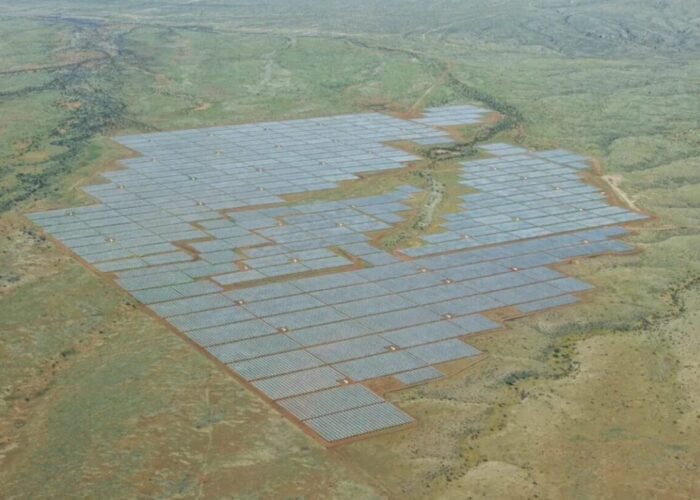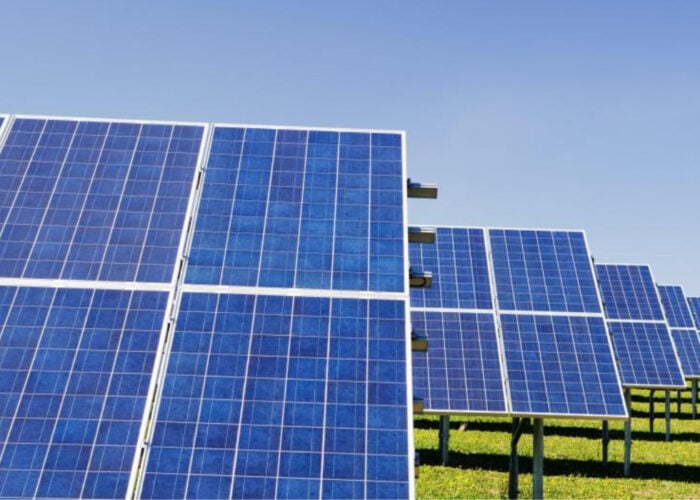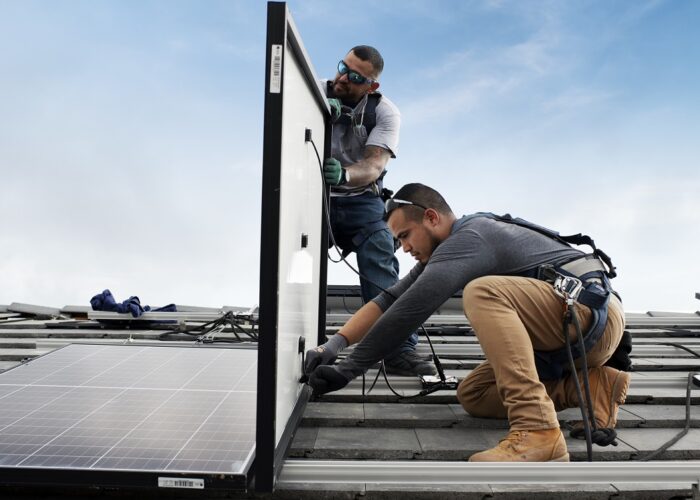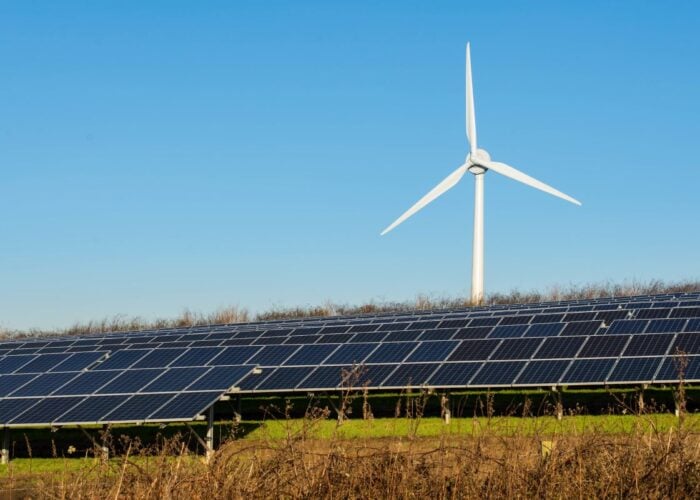Module costs for US firms in 2018 will still be lower than 2017 prices, despite the impending 30% import tariffs, according to the CEO of Chinese manufacturer turned project developer ReneSola.
Li Xianshou said the announcement of the rates relieved the “tense atmosphere” in the industry and that the 5% annual decline should allow project investment to continue.
Unlock unlimited access for 12 whole months of distinctive global analysis
Photovoltaics International is now included.
- Regular insight and analysis of the industry’s biggest developments
- In-depth interviews with the industry’s leading figures
- Unlimited digital access to the PV Tech Power journal catalogue
- Unlimited digital access to the Photovoltaics International journal catalogue
- Access to more than 1,000 technical papers
- Discounts on Solar Media’s portfolio of events, in-person and virtual
“The tax level is reasonable and acceptable for the US market. Due to the technical improvements from Chinese manufacturers, the cost of solar modules will continue to drop; even with a 30% tariff, the price could still fall back to 40 cents [per Watt] in 2018, significantly lower than that in 2017! And would be further lowered in 2019,” he claimed.
“ReneSola has transformed to a downstream power plant developer and operator, and we will continue to develop community solar plants and distributed power plants in the United States, and the company will benefit from the continuous decline in module prices,” he added.
The 30% tariffs on cells and modules will exempt the first 2.5GW of cell imports. The addition of First Solar’s thin-film capacity, existing US cell capacity plus the gigawatts of modules imported into the US and stockpiled prior to the tariffs, will all reduce the impact of the 30% rate.
Integrated PV manufacturer GCL said it, and many of its peers, would be minimally affected.
LV Jinbiao, VP of GCL-Poly said: “Some Chinese enterprises are prepared and moved up their deliveries to the United States six months earlier, therefore the impact is minimized. The wafer business in GCL Poly is not affected, and GCL Silicon has deployed strategies through overseas capacity cooperation, therefore the 201 case is not ‘uncrackable’,” he said, adding that US power plant developers would be the ones to feel the pressure in 2018.
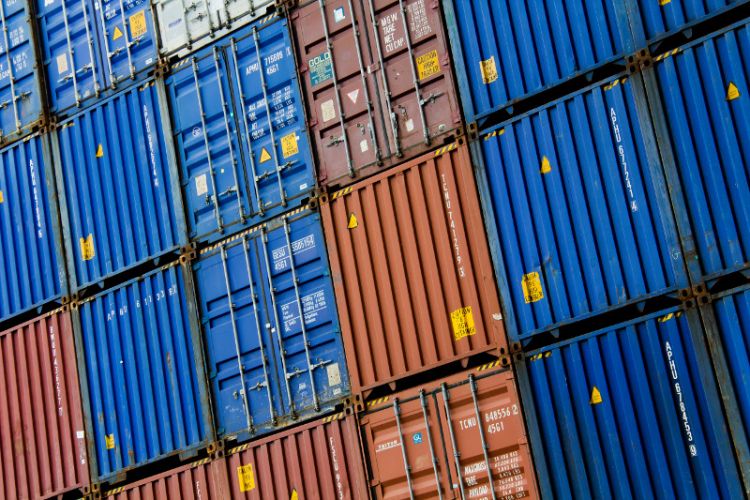
Jobs
One objective of the tariffs is to promote the creation of jobs in US manufacturing.
“The tariff is lower than expected, and is within the acceptable range for us,” said Hu Wanshu, marketing manager of EPC and manufacturer Chint Solar. “It’s much better than setting up factories in the United States. The US market is growing rapidly and cannot be abandoned for tariffs reasons.”
Guan Ronghua, sales director of the PV manufacturing equipment supplier Suzhou Horad Group said local US firms would only benefit in the short term.
“In the long run, it certainly will weaken the international competitiveness of US PV enterprises. Meanwhile, it is suggested that the relevant Chinese Photovoltaic Association could launch a counterclaim to the WTO to maintain the healthy development of global free trade.”
South Korea’s trade minister has already indicated that the country will make a complaint to the WTO.
China government response
China’s ministry of commerce called the decision “an abuse of trade remedy measures” and “strongly” expressed its dissatisfaction.
Zhang Sen, general secretary of the solar PV branch in China Chamber of Commerce for Import and Export of Machinery and Electronic Products (CCCME) turned its attention to a new round of negotiations.
“Firstly, we strongly oppose these trade protection measurements; the 201 case is affecting upstream and downstream companies greatly, both globally and in US market. We hope to keep a close communication channel with US government and industry in the follow-up talks and negotiations, to strive to defuse this dispute,” he said.


